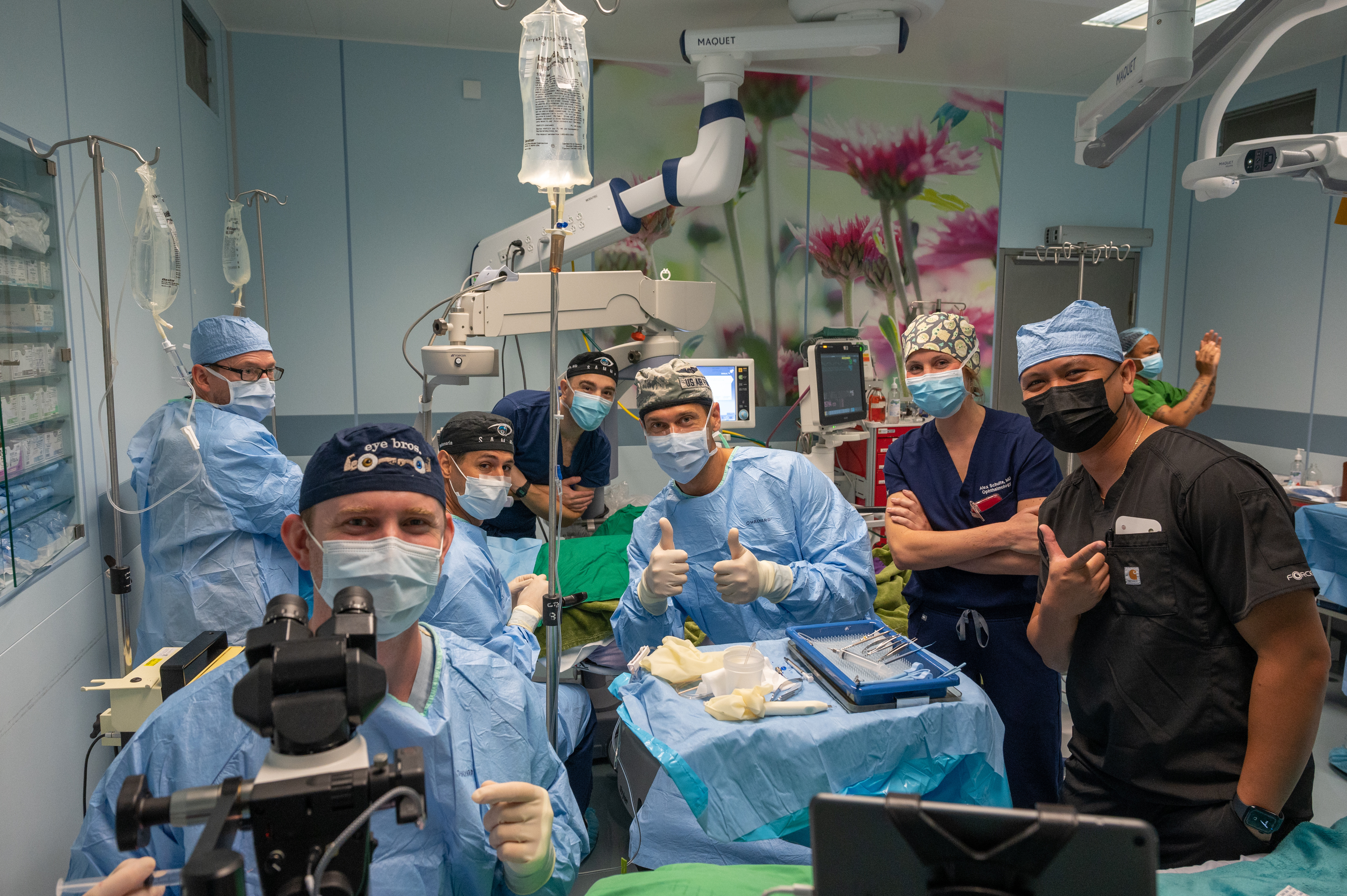The gift of sight is one of our most precious senses, and its loss can be profoundly life-altering. When the transparent, outer layer of the eye the cornea becomes scarred or sick, it can result in major visual disability, discomfort, and a reduced standard of living. In such cases, a corneal transplant, also known as keratoplasty, stands as a remarkable and often life-changing surgical procedure. This intricate procedure involves replacing a damaged or cloudy portion of the cornea with healthy donor tissue from a deceased individual. The advantages of this operation reach well past merely enhancing the sharpness of one’s eyesight; they affect almost every facet of a person’s everyday life and health.
The most immediate and profound benefit of a successful cornea transplant is the restoration of functional vision. A scarred or misshapen cornea disrupts light as it passes into the eye, stopping a sharp picture from being projected onto the retina. This can make the environment seem fuzzy, foggy, or full of uncomfortable brightness, making activities like working, watching television, and identifying features extremely challenging. By replacing the compromised tissue with a clear, healthy graft, the transplant allows light to enter the eye properly again. The outcome is frequently a striking enhancement in sight sharpness, detail perception, and general picture clarity. For many recipients, this means the difference between legal blindness and the ability to see the world with stunning definition once again.
Past the quantifiable sharpness of vision, a cornea transplant can supply enormous relief from physical irritation and suffering. Certain corneal conditions, such as bullous keratopathy, cause the cornea to swell, leading to persistent pain, a foreign body sensation, and extreme sensitivity to light. This ongoing distress can be disabling, making it difficult to keep the eyes open in ordinary indoor lighting and interrupting rest. A procedure extracts the sick tissue accountable for this suffering, providing a lasting answer to this kind of persistent eye pain. The relief from this constant physical burden is, for many, just as valuable as the improvement in their eyesight.

Contemporary cornea transplant surgery has advanced considerably, providing methods that deliver better results and quicker healing periods. Procedures like Descemet’s Membrane Endothelial Keratoplasty, or DMEK, and Descemet’s Stripping Automated Endothelial Keratoplasty, or DSAEK, are partial-thickness transplants. These sophisticated techniques substitute only the sick back layers of the cornea while preserving the healthy front structure whole. This precise method leads to a more robust mechanical strength of the eye, a greatly lowered chance of transplant failure, and much quicker visual rehabilitation. The development of these advanced procedures implies that the advantages of a procedure are now more obtainable and reliable than ever before.
Ultimately, a cornea transplant is a procedure that renews hope and restores potential. It is a testament to the power of medical science and the profound generosity of organ and tissue donors. The advantages are multi-layered, including not only the physical function of seeing but also the mental and practical liberty that sharp eyesight supplies. For an individual existing in a fuzzy and causes cataracts uncomfortable world, the operation offers an opportunity to re-connect with life with sharpness, ease, and assurance. It is a second chance to see the faces of loved ones, to appreciate the beauty of the world, and to live independently, making it one of the most impactful and successful interventions in all of medicine.